Are your restaurant costs higher than they should be?
Controlling costs while maintaining profits is the secret to success when it comes to any business. But how do you go about lowering your costs and keeping the quality of your food and service high in your restaurant?
More and more people are choosing to dine out regularly these days as part of their lifestyle – which is great news for restaurant owners like you. So how can you capitalize on this demand while making a decent profit at the same time?
What you need are the right planning and evaluation techniques, so you can keep a close watch on your expenses, keep your profits high, and have your customers leaving with big smiles on their faces, eager to come back for more.
Here’s our guide to reducing your costs and maintaining profits.
Invest time in systems to tell you how much to prep and order each day
Do you know how many guests will walk through your door on a Wednesday night? How about a Saturday lunch time?
How do you know how much food to order each week? How do you work out how much food to prep each day?
Are you winging it right now? Be honest guys!
If you are simply plucking figures out of the air, you risk ordering too much food which then goes to waste before it can be used and costs you money, or you risk running out of food during your busiest times, and leaving customers disappointed.
The best restaurants – no matter how small or large – have specific systems in place so they can track all of these things and then accurately predict how many guests they will have, how much of each item they need to order, and exactly how much they’ll need to prep for each service.
Start tracking and recording as much data as you can – how many guests walk through the door each hour, and how much you sell of each item on the menu each day.
It won’t be long before you begin to see patterns, which will help you make informed decisions on prepping and ordering.
Join a purchasing group
If you haven’t yet joined a purchasing group, you should look into it today.
Many restaurant owners are enjoying lower food costs as part of one of these groups, because suppliers lower their prices when dealing with a group that has such a vast amount of purchasing power.
It’s true what they say – we are stronger when we stand together.
This is perfect for small and independent restaurants because it allows you to compete with those big chains who have far more purchasing power than you, and are able to negotiate far more because of the volumes they deal in.
Track food prices
All food items – meat, pulses, vegetables and carbs – fluctuate in price regularly according to what’s more readily available, and easier to produce.
By tracking these food prices and paying attention to predictions, you can alter your menu to include ingredients that are more affordable to you. For example, you might opt for a less expensive cut of chicken if it rose in price, or you might increase the number of fish dishes if fish prices happened to drop.
It’s also wise to pay attention to the grade of produce you’re purchasing. For example, if you’re making salsa, do you really need No.1 grade tomatoes and chilies, or can you get away with a grade lower?
If the quality difference is significant, then of course you should stick with the higher grade, but get to know what the differences are in all of your items, and alter accordingly where you can to reduce costs.
Create a balanced recipe catalog and stick to it
Tracking your food prices leads in nicely to our next point: putting your findings into action.
Make sure your recipes are clearly written down, to every last ingredient required, so you can work out exactly how much each dish costs you. And don’t overwhelm yourself with hundreds of different dishes or combinations – keep it simple, and focus on what you do best.
A great rule of thumb is to balance your menu with a range of both low and high cost items – ensuring you’re not compromising on your customer’s desires, but also controlling your food costs where possible. In your slower months, you don’t want to have too many high cost food items on the menu, but at the same time, these costs need to watched closely in your peak months too.
At the end of the day, your menu needs to work for you, as well as your customers.
Control those portions!
If you haven’t already invested in appropriate measuring cups and scales – you need to. This helps your chefs to use the correct portions for each dish, and also helps to make sure it’s presented uniformly every time it leaves the kitchen.
Train your staff so that they know the correct portions to serve of each ingredient on a dish. Having a menu for them to refer back to with all of this written down will be beneficial.
This can often make the difference to meeting your food cost target and ensuring your restaurant is profitable.
Reduce waste levels
Waste covers all of the following:
Food returned by the customer because it wasn’t satisfactory or wasn’t correct
Food spilled, burned, spoiled, or scraps thrown away in the kitchen
Extra portion sizes that get thrown away
Start keeping track of all three so you can minimize wastage and track your inventory. This will help you to manage your food cost percentage.
Training your chefs to be creative with the scrap parts from food prep is also a great way to minimize wastage. Carrot top ravioli anyone?
Price appropriately
Working out your menu prices is integral to managing your costs. Price it reasonably, and customers will want to return, and you’re likely to increase your profits. Too high, you risk people not coming back; too low and you won’t make bank.
Now, it’s not an exact science, but here are a few things you need to keep in mind:
Your direct costs – what you pay for the food itself
Indirect costs – the perceived value of your food
Labor costs – time it takes to make the food, including prep, and how much you’re paying your chef
Overhead costs – rent, décor, equipment, and marketing
You need to also account for food costs that can fluctuate as we mentioned. And keep a close watch on what your competitors are charging too, because you need to be able to compete.
Once you know the food cost of an individual dish (including your overheads and food), you can figure out whether you can make a reasonable profit and afford to have it on your menu or not.
Get the best from your staff
Investing in high quality staff can make the difference between great customer service and unhappy customers, which will definitely effect your bottom line in the long run.
Teach them how to sell the items on your menu, interact well with customers, remember the regulars, and communicate effectively with the kitchen in order to get orders in and out quickly.
Setting up those guest tracking systems we spoke about earlier, will help you to know how many members of staff you actually need on any given service each day. During setup and takedown you can get away with fewer hands, which will help reduce your costs.
It also helps to cross-train your staff so they can do more than just what their job description entails. This helps make them more productive and increase your service speed. Prep cooks should know how to cook dishes from your menu, and bus staff and managers should be able to serve your diners.
Staying on top of your numbers, figuring out a menu that works for you, and training your employees will all help you to lower your overall costs and maximize your profits.
Are there any particular tips that have worked well for you in your restaurant? Share your comments with us below!

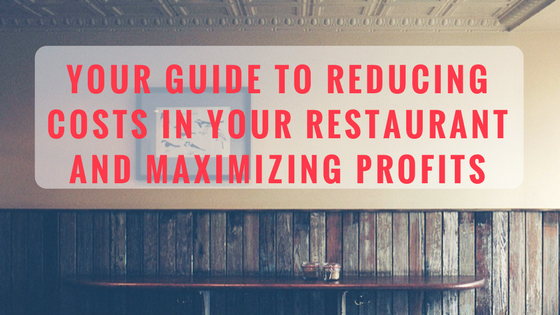

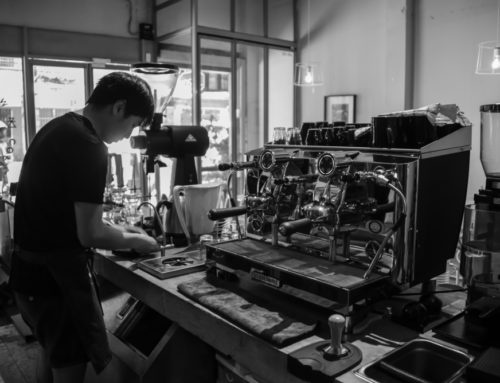
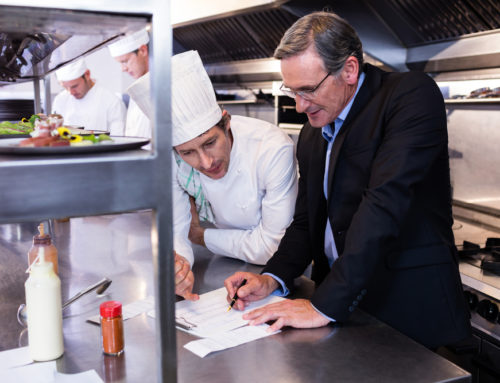
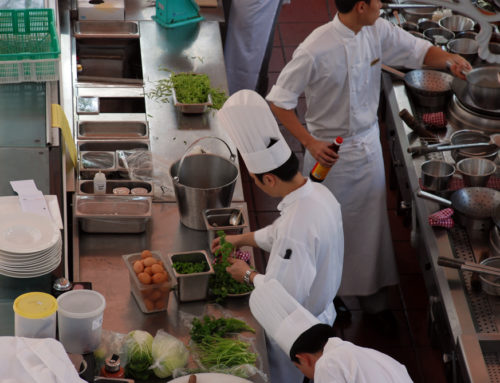
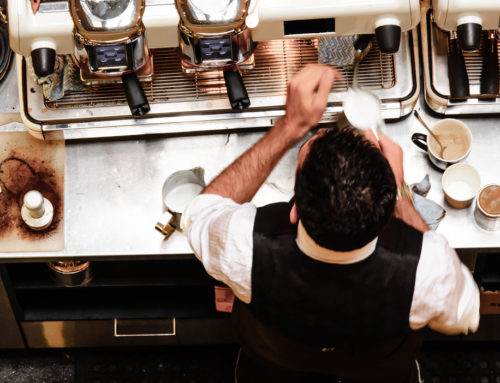

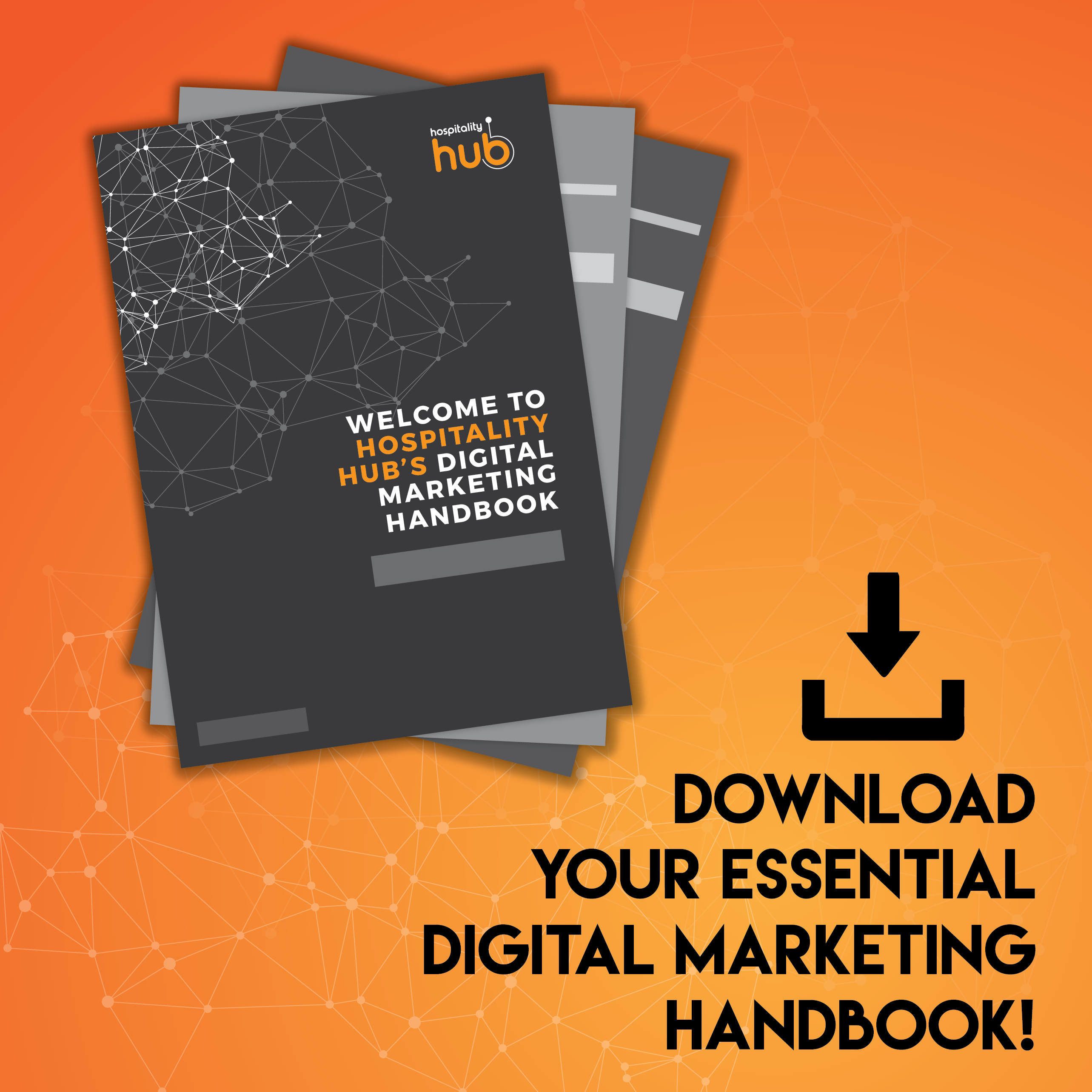
Leave A Comment